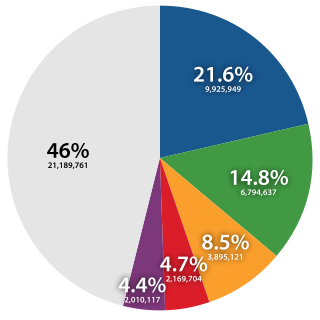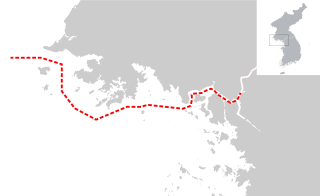 W
WThis is a partial list of notable works about Korea.
 W
WHanbok is a traditional clothing of Korea. This is a list of Korean clothing including the national costume, hanbok as well as headgear, footwear, and accessories.
 W
WJeong is a Latin alphabet rendition of the Korean family name "정", also often spelled Chung, Jung or Jong. As of the South Korean census of 2015, there were 2,407,601 people by this name in South Korea or 4.84% of the population. The Korean family name "정" is mainly derived from three homophonous hanja. 鄭 (2,151,879), 丁 (243,803) and 程 (11,683). The rest of the homophonous hanjas include: 政 (139), 桯 (41), 定 (29), 正 (22) and 情 (5).
 W
WThe Korean Armistice Agreement is the armistice that brought about a complete cessation of hostilities of the Korean War. It was signed by U.S. Army Lieutenant General William Harrison, Jr. representing the United Nations Command (UNC), North Korean General Nam Il representing the Korean People's Army (KPA), and the Chinese People's Volunteer Army (PVA). The armistice was signed on 27 July 1953, and was designed to "ensure a complete cessation of hostilities and of all acts of armed force in Korea until a final peaceful settlement is achieved."
 W
WEnergy in North Korea describes energy and electricity production, consumption and import in North Korea.
 W
WThe Northern Limit Line or North Limit Line (NLL) – 북방한계선 – is a disputed maritime demarcation line in the Yellow (West) Sea between the Democratic People's Republic of Korea (DPRK) on the north, and the Republic of Korea (ROK) on the south. This line of military control acts as the de facto maritime boundary between North and South Korea.
 W
WNorth Korea (DPRK) has been active in developing nuclear technology since the 1950s.
 W
WPart-time jobs in South Korea refers to a short-term or temporary employment in South Korea. Part-time employees are considered non-regular workers, and their employee rights are protected by South Korean law. Usually, students and homemakers take part-time jobs to earn income. Office workers can also take part-time jobs as temporary positions in addition to their regular jobs. While part-time jobs are considered as supplementary income with minimal commitment, a recent survey found that many part-time workers in Korea work for more than 40 hours per week, and that part-time jobs are a primary source of income.
 W
WThis is a partial list of seowon. The seowon were Korean Confucian institutions which combined the roles of Confucian shrine and academy.
 W
WThis is a timeline of the history of Korea. Some dates prior to the 5th century are speculative or approximate.